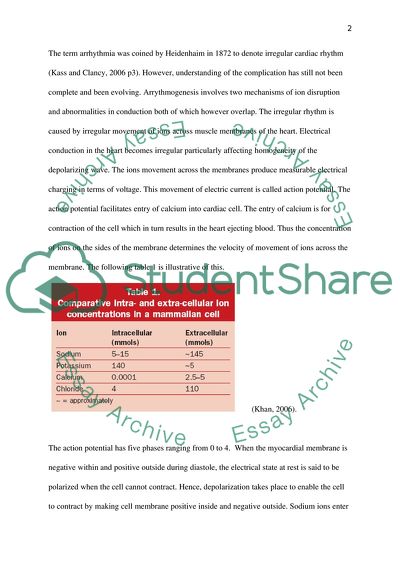Cite this document
(Management of a Cardiac Arrhythmia Case Study Example | Topics and Well Written Essays - 3000 words, n.d.)
Management of a Cardiac Arrhythmia Case Study Example | Topics and Well Written Essays - 3000 words. Retrieved from https://studentshare.org/health-sciences-medicine/1742034-analysis-interpretation-and-management-of-a-cardiac-arrhythmia
Management of a Cardiac Arrhythmia Case Study Example | Topics and Well Written Essays - 3000 words. Retrieved from https://studentshare.org/health-sciences-medicine/1742034-analysis-interpretation-and-management-of-a-cardiac-arrhythmia
(Management of a Cardiac Arrhythmia Case Study Example | Topics and Well Written Essays - 3000 Words)
Management of a Cardiac Arrhythmia Case Study Example | Topics and Well Written Essays - 3000 Words. https://studentshare.org/health-sciences-medicine/1742034-analysis-interpretation-and-management-of-a-cardiac-arrhythmia.
Management of a Cardiac Arrhythmia Case Study Example | Topics and Well Written Essays - 3000 Words. https://studentshare.org/health-sciences-medicine/1742034-analysis-interpretation-and-management-of-a-cardiac-arrhythmia.
“Management of a Cardiac Arrhythmia Case Study Example | Topics and Well Written Essays - 3000 Words”, n.d. https://studentshare.org/health-sciences-medicine/1742034-analysis-interpretation-and-management-of-a-cardiac-arrhythmia.


